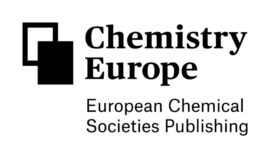It seems we can’t find what you’re looking for. Perhaps searching can help.
News
Bert Weckhuysen (UU) Awarded the Inaugural Chemistry Europe Award

“For outstanding achievements and leadership in the field of sustainable chemistry and catalysis research”, prof. Bert Weckhuysen (UU) is being […]
READ MORE >MCEC Newsletter December 2022
In our latest MCEC Newsletter you can read about: Catalysis Connected 2022 MCEC @ Weekend van de Wetenschap 2022 Ferdy […]
READ MORE >